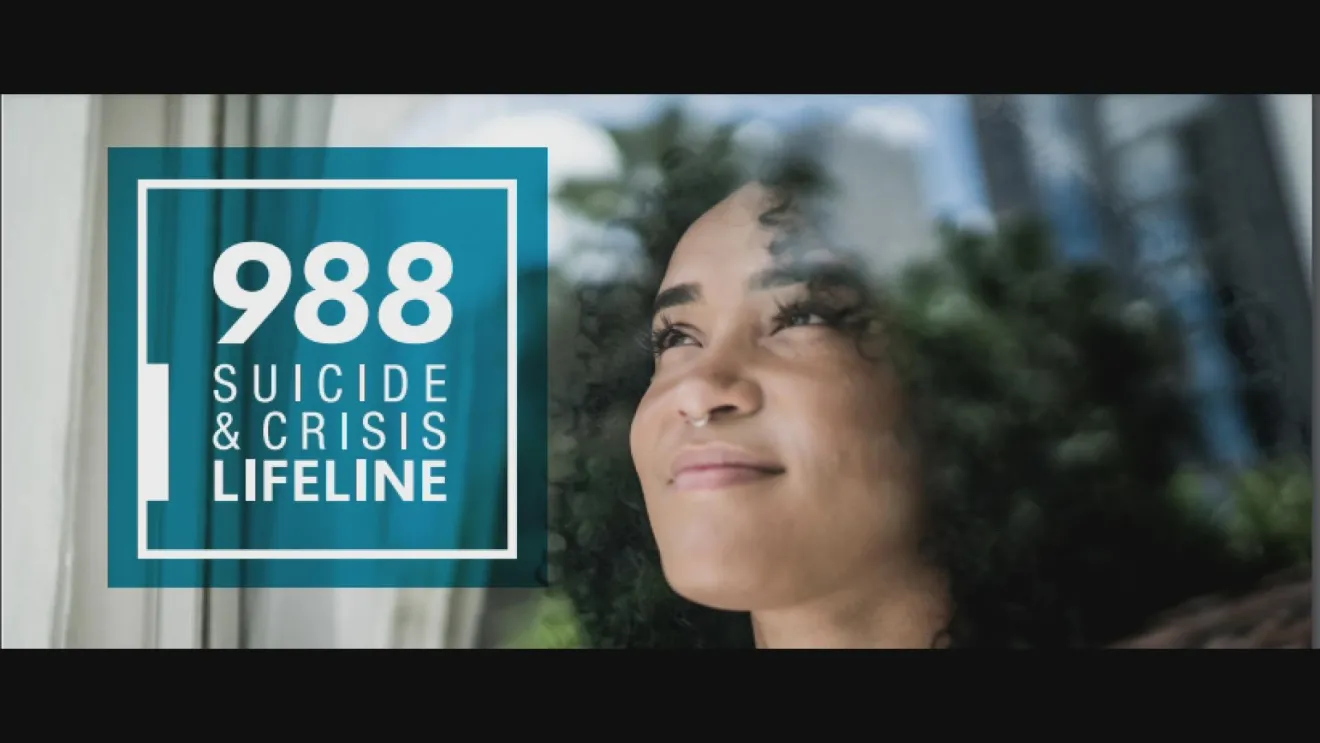Suicide Prevention: Helping the I/DD Community
- News

Community Connections and Personal Interests Can be Lifelines
Approximately one-third of individuals with intellectual or developmental disabilities (I/DD) have cooccurring psychiatric diagnoses, and nearly half of all people with autism will experience clinical depression in their lifetime. These are staggering statistics and the reality for millions of people. While coordinated treatment plans for those with coexisting diagnoses are becoming more common, there’s one thing that is lagging behind: suicide prevention in the I/DD community.
Suicide prevention is a tough topic for anyone. Many fear that addressing suicide in conversation can negatively impact a relationship or, worse, will put thoughts of suicide into someone’s head. In fact, studies show that the opposite is true and that creating comfort around such discussions can lead suicidal individuals to actively seek help. Not only is there discomfort around suicide, there is also significant stigma, which can impede suicide prevention efforts. However, there are also some fundamental misunderstandings that hinder suicide prevention efforts within the I/DD community.
I/DD has long been thought to be a buffer against suicide, but that belief is wrong and stems from misunderstandings about I/DD. Just because someone doesn’t have the communication skills to explain that they are thinking about attempting suicide, it does not mean that they are not having suicidal thoughts. Those with disabilities are at higher risk of suicidal ideation, suicide attempts, and dying by suicide as compared to their non-disabled peers. And unfortunately, unlike their non-disabled peers, there is no standardized way to screen for suicidal thoughts and actions due to differences in communication skills.
So, what can we do?
First, it’s important to understand the risk factors for suicide. Risk factors increase the risk of suicidal thoughts or behaviors. The more risk factors are present, the more at-risk an individual is considered.
Some risk factors are:
- Family history of suicide or previous suicide attempt(s)
- History of abuse or trauma
- History of mental disorders, particularly clinical depression
- Feelings of hopelessness or isolation
- Impulsive or aggressive tendencies
- Relational, social, work, or financial loss
- Physical illness
- Easy access to lethal methods
- Barriers to accessing mental health treatment or the unwillingness to seek help because of the stigma attached to mental health or to suicidal thoughts
Protective factors are considered the opposite of risk factors. Where risk factors increase the likelihood of suicidal thoughts or behaviors, protective factors decrease that risk.
Some protective factors are:
- Connectedness to family and community
- Effective clinical care for physical and mental disorders
- Easy access to a variety of clinical interventions
- Support for seeking help, including in non-mental health situations
- Skills in communication, problem-solving, and conflict resolution
- Engagement in activities of personal interests or hobbies
In general, those in the I/DD community have the same rate of risk factors as their non-disabled counterparts but have far fewer protective factors. By focusing on protective factors, we can decrease rates of suicide and suicide attempts in our friends and loved ones with I/DD.
Services at Boundless can significantly help increase the protective factors in an individual’s day-to-day life. Many services focus on community integration and organic connections. For example, the workforce program in West Carrollton, fosters connections in the community by providing individuals with competitive job opportunities. The MAX program provides interpersonal coaching to help individuals successfully transition into adulthood. Other center-based programs at Boundless focus on bettering life skills like conflict resolution, problem-solving, and communication at a variety of ages.
Boundless Health provides a coordinated system of physical and mental healthcare from a network of providers that are specially trained to care for individuals with I/DD. This whole-person care approach ensures individuals are supported in all their health goals and have access to the appropriate interventions for physical and mental needs.
Families and friends play a huge role in suicide prevention, too. If you are concerned about your loved one but need guidance on how to start a conversation, the National Institute of Mental Health has great resources for talking about suicide prevention. The new 988 crisis lifeline is also available to you or your loved ones and can help guide you during a crisis situation. Depending on your relationship, it may also be appropriate for you to reach out to your loved one’s providers and voice your concerns. Many mental health professionals also recommend talking to your loved one’s friends and getting them involved. The more people who are invested in keeping your loved one safe, the better.
Because participation in personal interests is a protective factor, you can also set aside time to partake in your loved one’s favorite activity with them. In many cases, this also fosters multiple protective factors, like connectedness. It is also very important to create a culture of support when they express their need for help, regardless of the situation. If they ask for help with an activity, even one you know they can handle on their own, and you encourage that behavior, they are more likely to ask for help if they are in a crisis situation. Personal efforts to prevent suicide are dynamic and simple but can be very impactful.
Because suicide prevention efforts for those with I/DD lags behind suicide prevention for non-disabled people, there’s more work to be done. More funding, more research, and more understanding are all needed. We know that I/DD puts individuals at a higher risk of mental health conditions, which in turn increases the risk of suicide. However, peer-reviewed research articles on suicide risk in those with I/DD are shockingly few and far between. The National Institute of Mental Health does not have I/DD-specific information on suicide prevention. It is simply not enough, but we all play an important part in suicide prevention.
September 5-11 is National Suicide Prevention Week, but help is always available. If you or a loved one needs immediate help, the 988 Lifeline is available 24/7.








